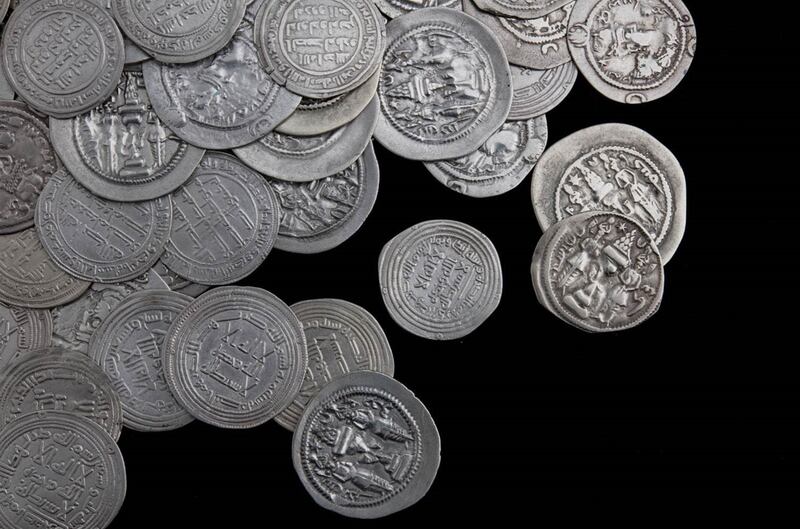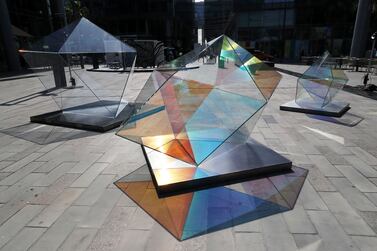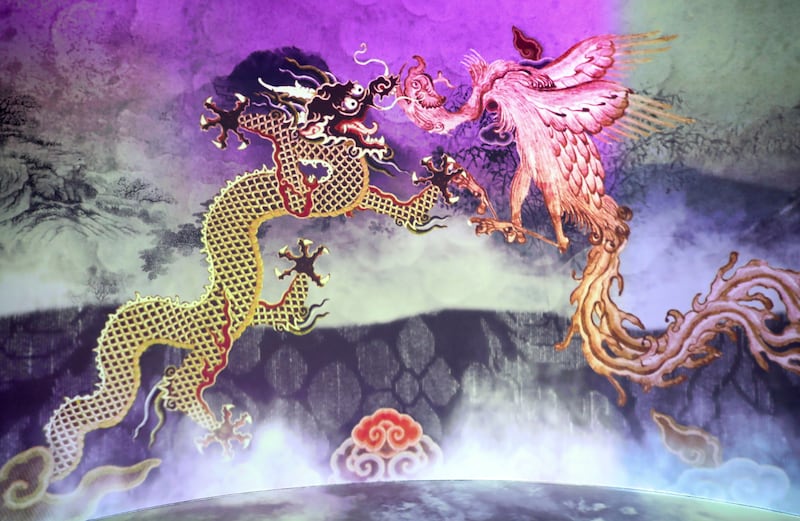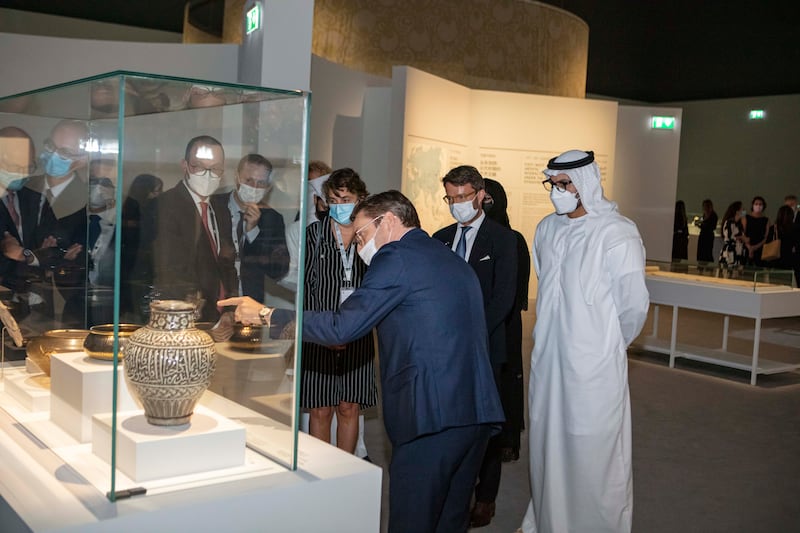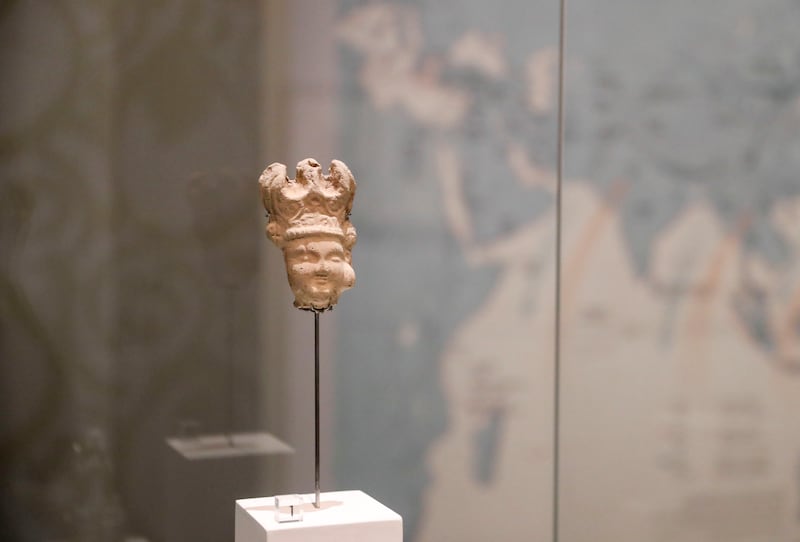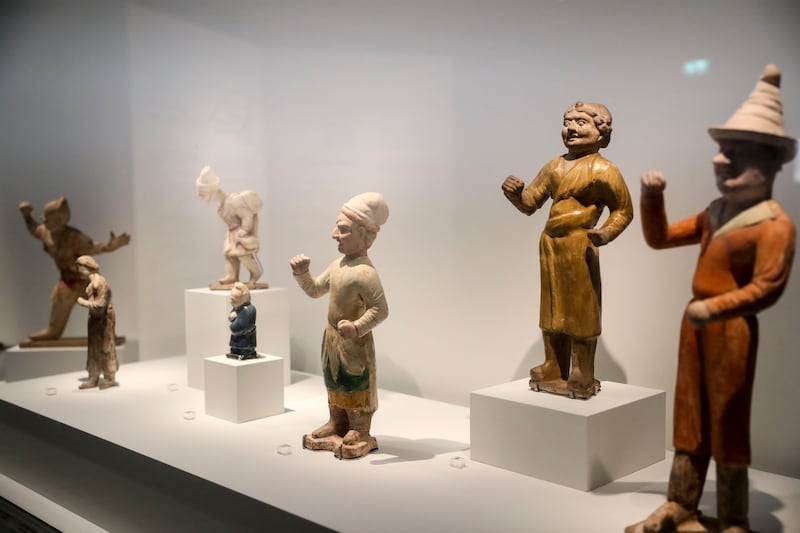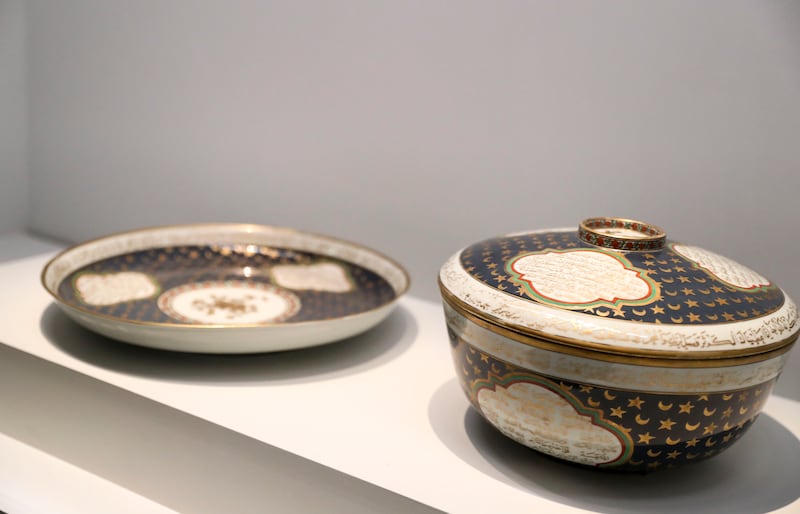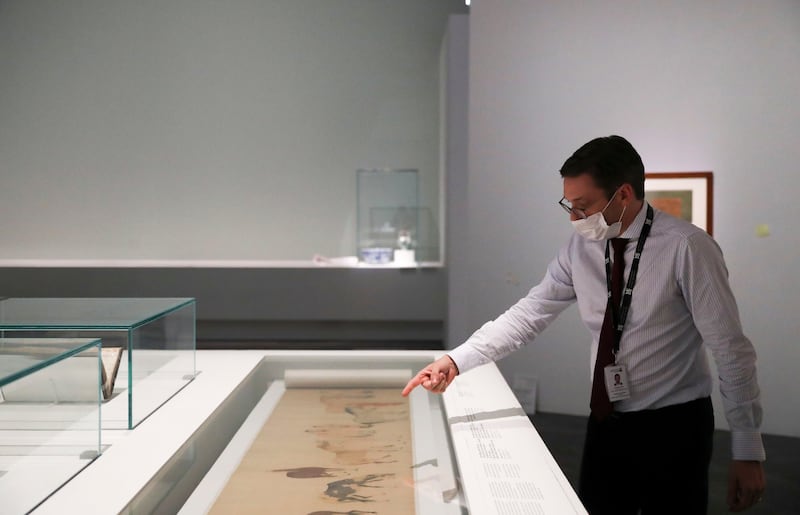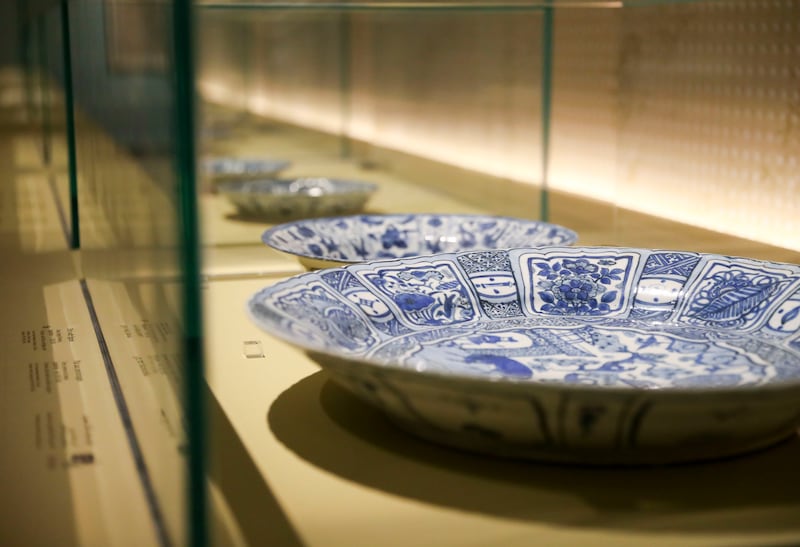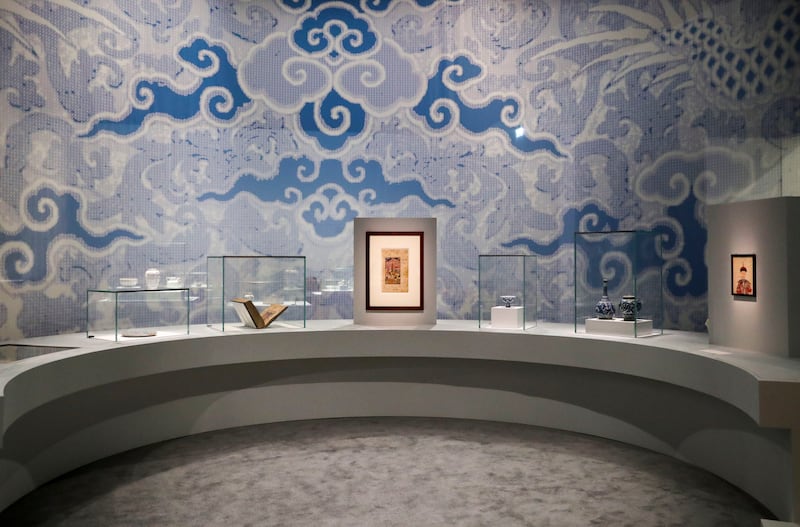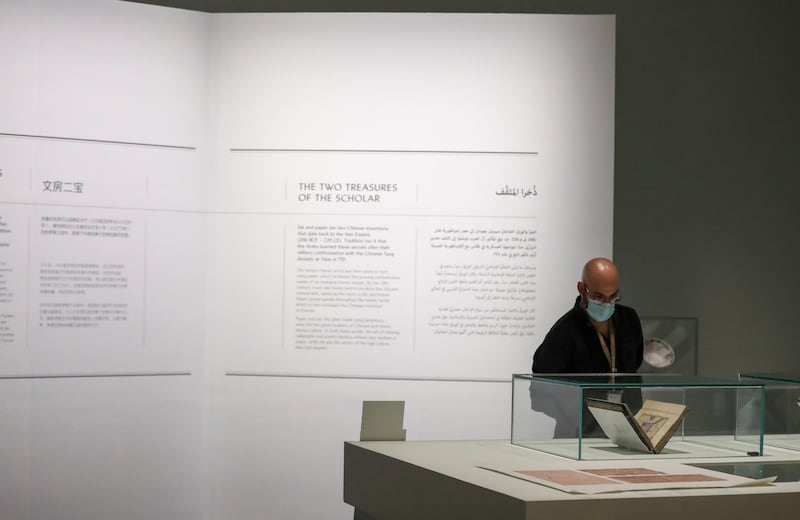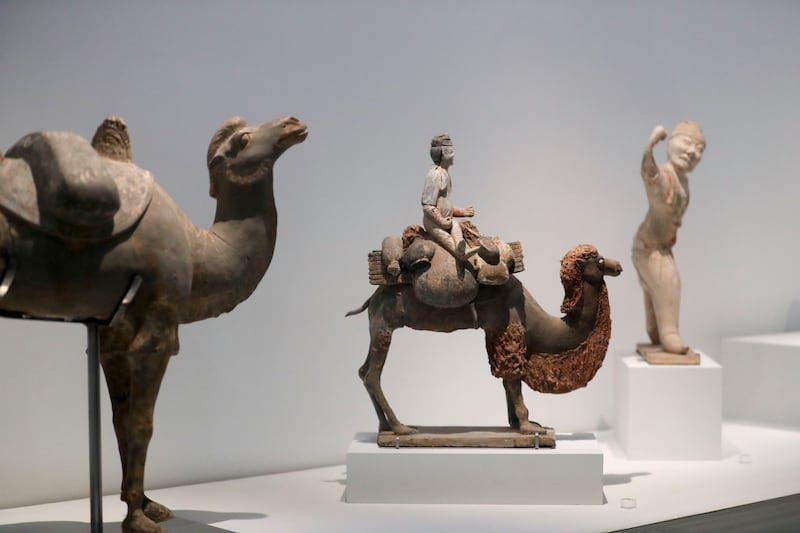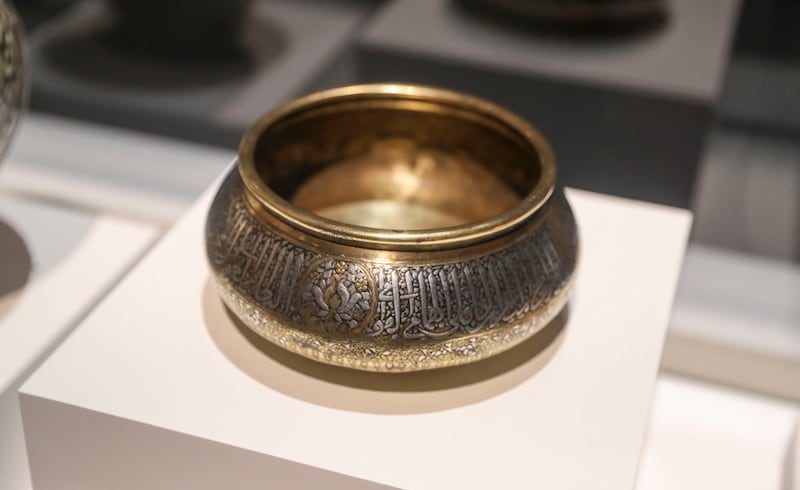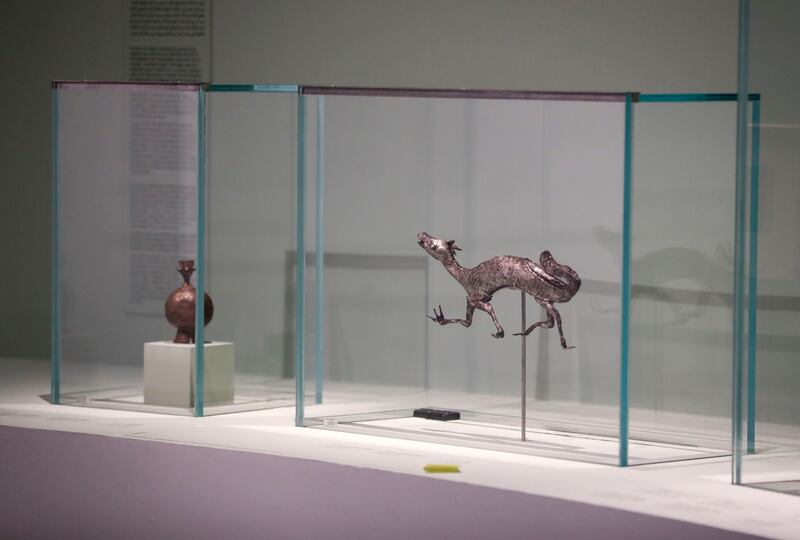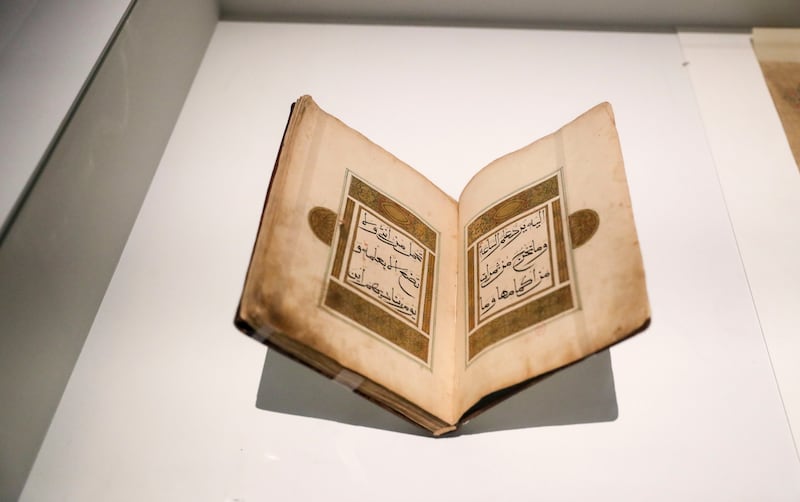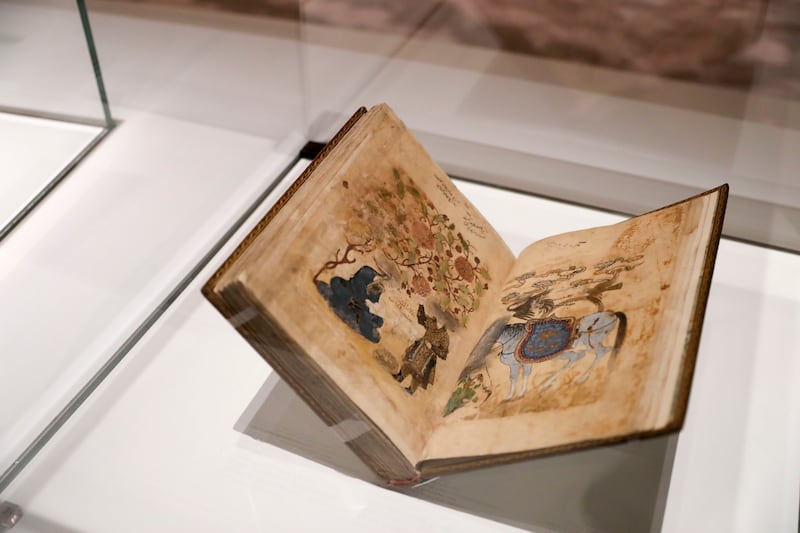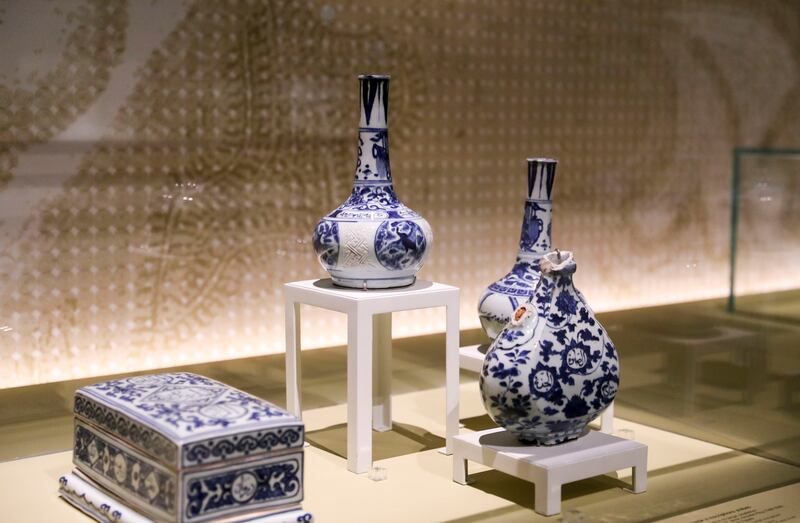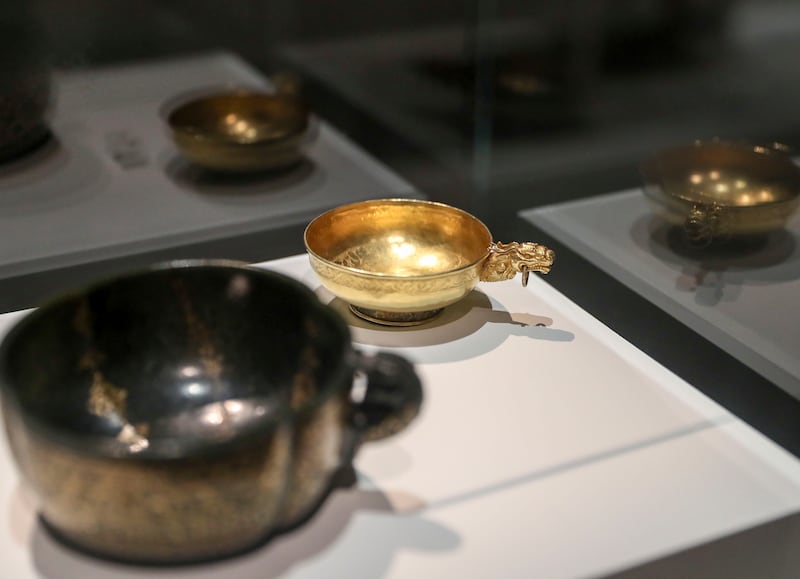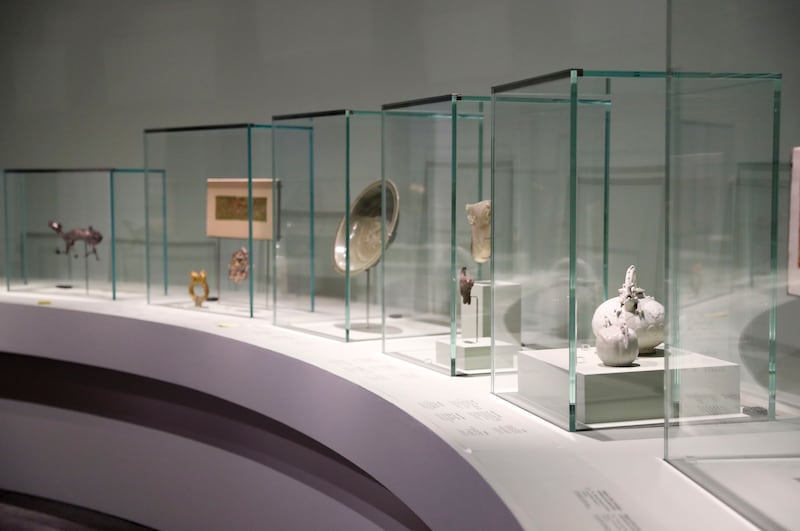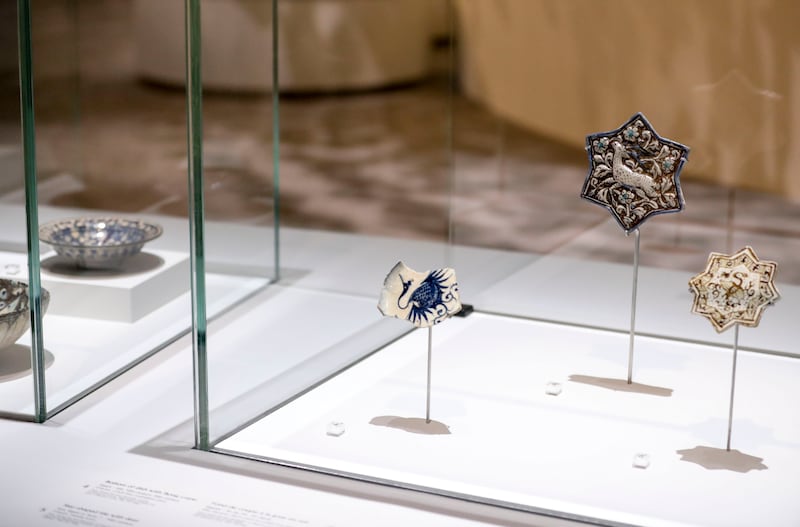After acquiring more than 2,800 rare Islamic silver coins earlier this year, Louvre Abu Dhabi is preparing to unveil the objects as part of a two-year project.
Referred to as the Hoard of Jazira, the collection of medieval Islamic coins dates back from the reign of King Shapur II (AD 309-379) until that of Abbasid Caliph Al Ma’mun (AD 813-833). Among the museum’s acquisitions are the hoard of 2,861 silver coins manufactured in the Eurasian continent, including currencies of the Umayyad and Abbasid dynasties. There are also 67 additional single coins, in gold or gold alloy, created from the sixth to the 16th century in the regions of Eurasia and the Mediterranean basin.
The images and symbols on the coins range from names of rulers to lines from the Quran.

Louvre Abu Dhabi acquired the hoard in 2019 from a private collector in Europe whose identity has not been revealed.
As part of the project, the museum has studied and restored the coins before installing them for display. The process includes weighing the coins, documenting their diameter and thickness, as well as identifying the metals used and examining the shifting designs closely. A team of restorers have also been working to remove scratches and corrosive materials on the coins.
Theofanis Karafotias, who leads preventive conservation at Louvre Abu Dhabi, explained part of the process. “The coins were not only conserved by the museum but also documented and digitised as well so that they could be studied in greater detail. We had to decide how to conserve each coin among the thousands – whether [using] chemicals, an ultrasonic bath, or simple distilled water – considering which treatment would be the best, least intrusive way to reveal each coin’s face,” he said.
The significance of the coins lies in the way they reveal political changes in regional history, including the value placed on precious metals throughout various periods, as well as how the symbols on coins shifted as the Umayyad caliphate sought to establish a single Islamic currency.
Leading on the curation of the Hoard of Jazira, Guilhem Andre, chief curator at Louvre Abu Dhabi, explained how the coins have served not only as a valuable research tool, but as tangible markers of the development of economy and the shifts in power and geography at the time.
“This display will showcase a global monetary history. It highlights the trade, cultural exchanges and political dynamics revealing an interconnected world economy between distant regions. It testifies to the birth of Islamic coinage and its evolution,” he said.
“The Sasanian drachmas, Umayyad dirhams, Abbasid silver coins, alongside the gold Byzantine solidus, the Genoese and Venetian gold coins, and more will prove how a simple coin can illustrate power relationships and rivalries among competing, growing empires well, as the emergence of major trade hubs.”
Originally meant to go on view in September, the exhibition opening date for the Hoard of Jazira has yet to be announced.
